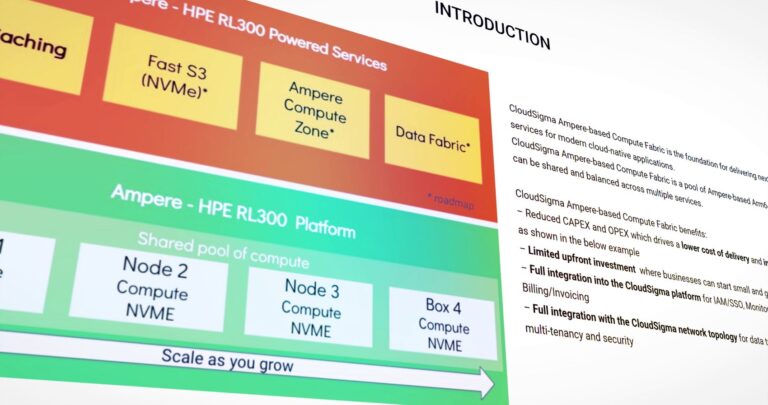How Organisations Can Stay Ahead.
With July being Ransomware Awareness Month, companies must be as prepared as ever to protect vital data assets. Ransomware is becoming the most pervasive cyber threat, with the number of victims increasing by 20% in 2024. This is supported by The State of Ransomware Report 2024, finding that 59% of organisations were hit by ransomware last year. Furthermore, in 2024 organisations are already reporting that it costs them $2.73 million to recover from these attacks.
Ransomware is a fairly new technology, with the first notable attack happening in 1989 involving a virus named “PC Cyborg Virus”, which was distributed via floppy disc and asked for a mere $189 to unlock files. However, by the late 2000s, profit-focused ransomware builders witnessed increasing returns from larger infection networks, aided by the advent of cryptocurrency, which allowed for anonymous payments. This gold rush mentality ushered shocking developments in 2011-2012, like the sophisticated CryptoLocker, which infected nearly 250,000 victims in a matter of weeks and reportedly netted more than $27 million in the first two months. Others took notice of this disruptive, lucrative formula.
With the risk of suffering a ransomware attack being extremely high, organisations must take proactive steps to protect themselves and minimise the impact of a potential breach. Prevention is key, and protecting against ransomware requires a multi-layered, holistic approach encompassing people, processes, and technology.
To start, companies must keep all systems and software updated, use strong and unique passwords, enable multi-factor authentication (MFA), and regularly back up critical data. Training employees is a crucial key as very often incidents start with phishing emails or social engineering attacks.
Organsiations must also focus on resilience and recovery. It is vital to have a well-rehearsed incident response plan that outlines clear procedures for dealing with an attack, including isolating infected systems, notifying stakeholders, and restoring from backups. Having a communication plan in place to manage internal and external messaging during and after an attack is also a necessity. This can help minimise reputational damage and keep everyone informed.
Finally, it is invaluable to regularly test backup and restore processes to ensure they work when needed. This includes continuously updating them as their production environment and business priorities change. Companies should also consider investing in cyber insurance to help cover the costs associated with an attack, but carefully review the policy terms.
About the Author
Sam Woodcock is Senior Director Cloud Strategy and Enablement at 11:11 Systems . 11:11 Systems is a managed infrastructure solutions provider that holistically addresses the challenges of next-generation managed cloud, connectivity and security requirements. 11:11 combines the teams and technology behind market leading, analyst vetted companies like Sungard AS and iland to deliver increased performance, optimization and savings. 11:11 provides cloud, connectivity and security solutions from its global footprint of data centers throughout North America, Europe, Australia and Asia.


